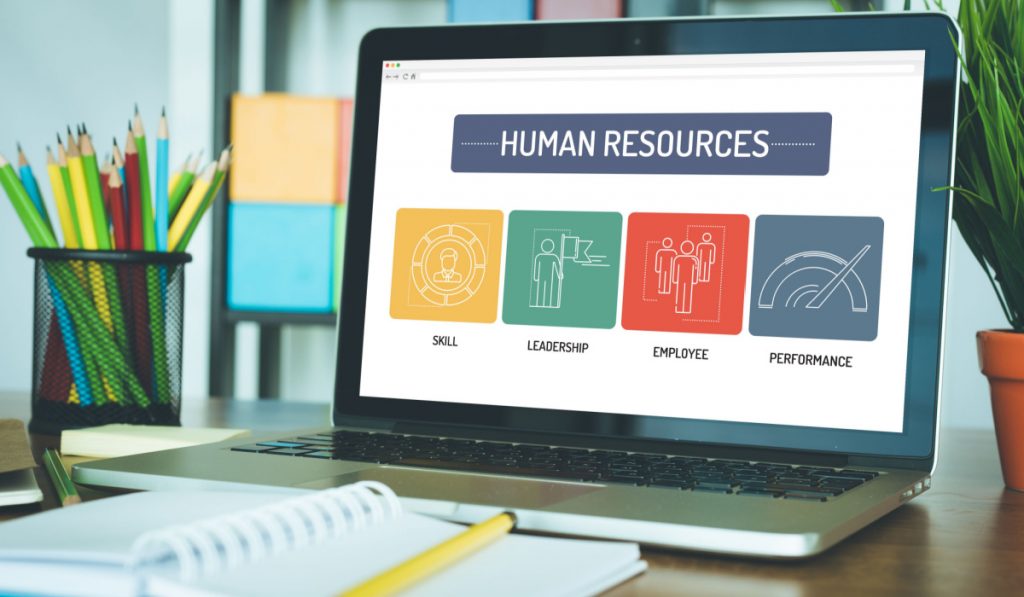Highlights:
- Businesses can get a better idea of EX by considering the psychological and emotional cost of generating output and the financial cost.
- Any strategy worth its salt needs to be based on a solid data foundation and insights that apply to technological and emotional dimensions.
Everything that a worker learns, does, sees, and feels adds to their employee experience. This includes everything from the minute someone looks at your job advertisement to when that employee leaves your organization.
There have been recent talks about the importance of measuring Employee Experience (EX) in the human resources field. Many businesses are interested in enhancing their EX to increase employee productivity, decrease attrition, and raise customer happiness.
“In a world where money is no longer the primary motivating factor for employees, focusing on the employee experience is the most promising competitive advantage that organizations can create.”
– Jacob Morgan, author of The Employee Experience Advantage
This blog will cover the following concepts based on workplace disruption and employee experience.
Here are some of the objectives of measuring an EX:
- One of the most critical goals companies has set is to acquire the capability of better measuring and positively influencing the EX.
- Many different technical, personal, and sentiment-based aspects are required to recruit and retain the greatest personnel, making it difficult to understand and report on the EX. It’s also critical for bolstering initiatives like those aimed at boosting employee well-being.
- Though Microsoft and VMware’s newly released tools and capabilities are helpful, implementing these upgrades alongside innovative management techniques will be key to success.
- Businesses can get a better idea of EX by considering the psychological and emotional cost of generating output and the financial cost. Effective management and communication procedures are necessary because it might be challenging to reduce sentiment-based perspectives to a single statistic.
- A gentle reminder: Businesses require various skills to monitor, manage properly, and evaluate end-to-end EX, but these cannot be found in a single solution or set of best practices. To consistently provide outstanding EX, organizations must take a strategic approach backed by interdependent resources (including people, processes, technologies, and evaluation tools).
Create a robust EX ecosystem framework
1. An integrated approach can obtain a more cohesive and valuable employee experience analysis.
When companies gather this information, they have a much clearer picture of EX. When data is centralized in a single data layer/repository, it becomes much simpler to acquire insights by integrating business operations and processes.
Any strategy worth its salt needs to be based on a solid data foundation and insights that apply to technological and emotional dimensions. Remember that not everything can (or should) be measured. Managers also must glean wisdom from less obvious sources.
The following are examples of potentially relevant data and indicators:
- Apps
- Endpoints
- Connectivity
- Sentiment
- Behaviors
- Profile
2. Evaluating success and making changes
- The success of every organization may be monitored by setting measurable goals and key performance indicators. However, EX varies by role, so it’s possible that those targets and metrics won’t mesh. The importance of managers in knowing the elements that affect the personnel under their supervision is further underscored by the reality that not everything can be quantified.
- It can be daunting for businesses to know where to begin when collecting and analyzing the huge amounts of data available to them across technology, sentiment, and processes. When it comes to EX, businesses should steer clear of a “big bang” approach to change. Instead, it’s better to ask workers for their thoughts on how to make the most of the resources at hand.
- Organizations should solicit feedback from their staff to identify where EX problems or bottlenecks occur. These realizations clarify the importance of different areas and the metrics that should be used to determine the most important ones. Employees’ bad experiences with company-issued technology could be a prime example. Keeping track of how much technology is used might give an estimate of the scope of the issue.
- It can be challenging to quantify EX, but the chance to rally resources to solve a common business problem is priceless. EX may be defined, measured, and managed more effectively using a multi-disciplinary approach incorporating measurements and methods from several areas (human resources, information technology, facilities, etc.).
A summary,
One of your company’s most effective expenditures should be a positive employee experience. There will be observable advantages, including a larger talent pool, better retention, and more revenue. But it goes further than that. The biggest resource of your business, your employees, will be prepared for success before, during, and after their employment with you, thanks to a well-designed employee experience.
Click Here to get more useful information by reading our Whitepaper.













